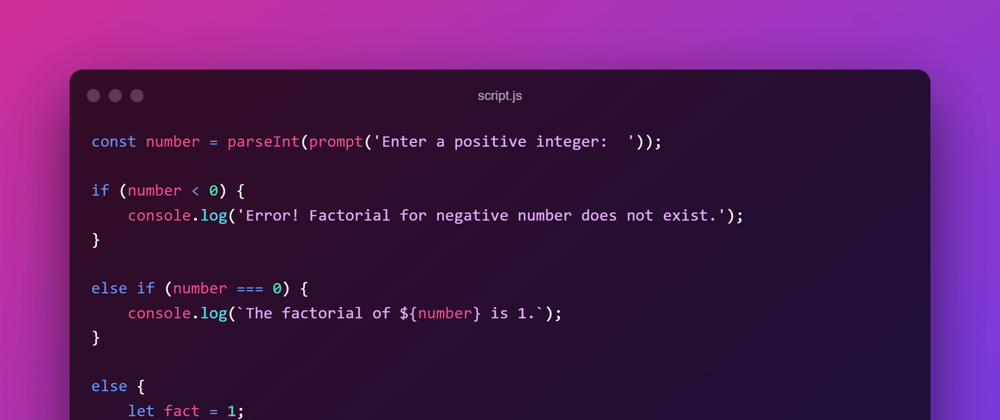Probably most of us know that copying and pasting from GitHub, Stack Overflow, etc. doesn't make you a programmer.
Also, it's not great for someone to steal your code and use it pretending that he made that code/script, right?
Here CodeGuard comes! The open-source tool to obfuscate your JavaScript or Python code in no time!
How I got this inspiration?
Once upon a time, I was creating an project which does really great thing including making meetings, etc. and this idea came in my mind:
Why would I allow someone steal my code pretending that he wrote that script/code?
So, I though why don't I make a code obfuscator to make my code hard to read and nearly impossible to understand? So, that's the beginning of CodeGuard.
How did I make it? (Project workflow)
Once a user provides a link to the file, we recommend using GitHub Gist because the project was made to be used with Gist, but it will work also if you give a direct link to the file like https://example.com/myproject/main.py
The user will be selecting either Python or JavaScript:
Upon the user selection, it will call the API located in api.codeguard.tech providing 2 parameters, the code link in link and the programming language in lang, of course you would like to try to use the API yourself, we will leave a guide below!
As soon as the API has been called, it will start getting the file and obfuscating it, as soon as the obfuscated file is ready, it will be automatically downloaded at the user side.
Note: For Python code, change the obfuscated code extension to .pyo and use python -O <file-name>.pyo to run the file!
What problems did I experience
- Making the back-end
As I need to use JS/PY to obfuscate, although they run at the client side, I am unable to run the script to obfuscate from client-side
- How will I host and make the API
With the help of Flask, I can make a API with pretty good functionalities which can help me in the project, and with the existence of Linode, I can host my API on a Linux server in the cloud!
The tech-stack I used + Why did I use it?
Next.js - Making the front-end design of the website
HTML/CSS - Making front-end
JavaScript - Back-end, for e.g. modal (alert) and link validation
Vercel - Host the website
API
Use the API (hosted by us)
It's really simple to use our API, in JavaScript, it only requires one line of code!
window.location = "https://api.codeguard.tech/?link=<code link here>&lang=<js or py>
For example:
window.location = "https://api.codeguard.tech/?link=https://gist.githubusercontent.com/Omar8345/1038a82e7db5f81d0722a4f2ab701924/raw/b213490f419b1d67de6a6a1647557934b97fc1ef/nicecode.js&lang=js
Hosting the API on your machine
- Clone the repository on your local machine:
git clone https://github.com/Omar8345/CodeGuard
- Next, head into
CodeGuard/APIand open your favorite IDE, if you use Visual Studio Code, just enter:
code .
- And it will open up VSC in the folder, just run in the terminal the following command:
$env:FLASK_APP="__init__.py && flask run"
You should see a local link, head into it or http://127.0.0.1:5000/ and you should find some kind of error, just simply ignore it, now add the link and lang parameters value and you should be good to go!
Made using Vercel and Linode for the Hashnode X Linode Hackathon!
My quote
Take your time - But don't mess up!
Take your time in studying, even study like 72 hours, but take the full mark!
Important Links 🔗 - Try CodeGuard!
Special thanks to Vedant Singhal
Vedant a developer in high school from India! Vedant helped me a lot in this project, so I would like to thank him here!
Thank you Vedant!
Check out Vedant on Social Media:









Top comments (0)